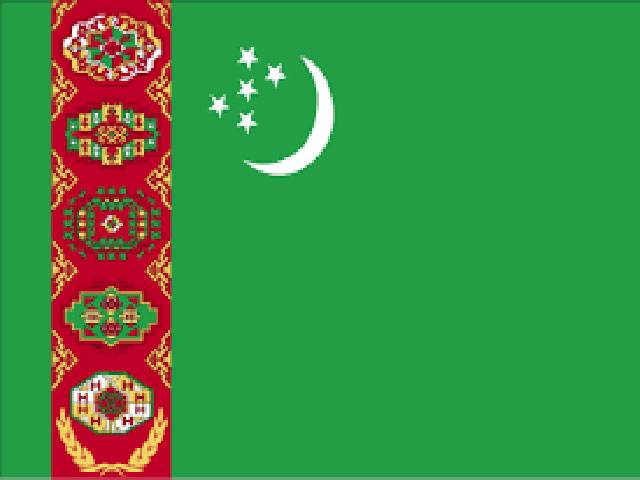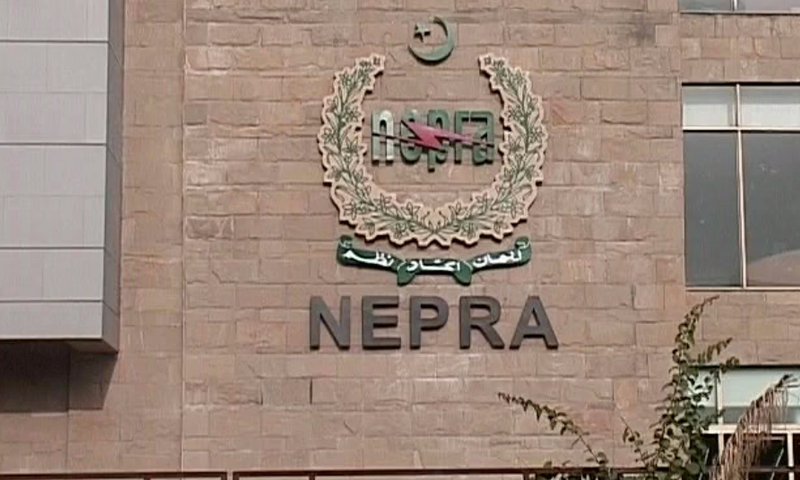Sales of above 70cc bikes grow 22pc
KARACHI: Consumers are now more inclined towards high engine power bikes and sales of such bikes may remain strong in the coming months if low petrol price persists.
Industry sources said that sales of above 70cc bikes grew by 22 per cent in July-February 2014-15 as compared to the same period in last fiscal year.
The difference in urban and rural buying of motorcycles is no more a major factor. Besides, fuel efficient engines and comfort of riding above 70cc bikes also lure buyers for whom high price of 100-125cc bikes appears affordable. The tilt towards above 70cc bikes has been in vogue for the last five years.
“We expect sales of above 70cc bikes to grow in the current fiscal year due to a variety of factors including fuel economy,” a bike dealer at Akbar Road said.
Pak-Suzuki Motor Company Limited (PSMCL), which produced 15,326 bikes in 2008-09, sold out 24,358 units in 2013-14. In July-February 2014-15, its sales stood at 14,661 units.
Realising shifting trend in the last few years, some assemblers opted to introduce new products based on 100cc and 125cc engines. An international new player has entered the market with products based on 125cc bikes.
The size of motorcycle market in Pakistan was 1.3 million units in 2009-10. The size of three-wheelers during the period was around 45,469 units. These included two-wheelers used as prime movers for three-wheelers.
The number of 70cc motorcycles produced during the period was 1.17 million units. Those of 100cc were 47,549 units. Motorcycles of 125cc were 113,217 units. Thus in 2009-10, production of 70cc was 88pc of the total market. As of 2013-14, bike production was around 1.52 million and 83pc of these were 70cc.
On the other hand, during the same period, share of 125cc motorcycles in the two-wheeler market increased from 8pc (113,217 units) in 2009-10 to 13pc (200,983 units) in 2013-14.
Year-wise growth of 70cc engine capacity bikes had been 2010-11 (11pc), 2011-12 (2pc), 2012-13 (Nil) and 2013-14 (1pc).
This magnitude in drop in growth rate can be appreciated when seen in the backdrop of growth in production in 2009-10, which was 47pc. Total production of motorcycles in 2008-09 was 910,753 units and it grew to 1.33m in 2009-10.
The annual cumulative average growth rate (CAGR) for 2000 to 2010 was 35pc.
When analysed in this backdrop the ‘standalone’ growth in 125cc and 100cc category, each is reflected to be around 24pc in the five years period under study.
The 70cc had literally dominated the country’s roads due to low price and affordable maintenance cost. But it seems that its growth has eluded.
Some people facing difficulties in maintaining cars which they already have are seen switching towards above 70cc bikes which gives them social recognition as well as mobility they can afford, a bike dealer said.
Published in Dawn, March 29th, 2015
Export proceeds from non-textile products fall
Export proceeds from these products fell to $6.826bn in July-Feb 2014-15 from $7.704bn last year. -Reuters/File
ISLAMABAD: Pakistan’s export of non-textile products witnessed a negative growth of 11.39 per cent during the first eight months of this fiscal year from a year ago.
In absolute terms, export proceeds from these products fell to $6.826 billion in July-February 2014-15 from $7.704bn in the corresponding months of last year.
In the 2014-15 budget, the government announced to provide support on export of nine value-added non-textile products, but the decision is yet to be notified by the government despite a lapse of seven months.
The support scheme was announced for leather manufacturers, footwear, sports goods, surgical, engineering goods, furniture, meat and meat products, fish products and cutlery.
Exports from the non-textile sector are witnessing a declining trend since July 2014, but the Ministry of Commerce has yet to take corrective measures for arresting the fall.
Last year, export of non-textile products reached $11.40bn from $11.42bn in the previous year, showing a decline of 0.18pc.
Product-wise details show a decline of 12pc year-on-year in export of petroleum products. Petroleum naphtha led the decline in the petroleum sector’s export. However, exports of petroleum crude witnessed an increase of 100pc and petroleum products 7.50pc.
Export of carpets and rugs witnessed a negative growth of 5.18pc during July-February 2014-15 period of this fiscal year from a year ago.
Export of sports goods dipped by 3.08pc year-on-year during the months under review. Foreign sales of footballs were also down by 3.06pc.
Export of tanned leather witnessed a negative growth of 3.06pc in July-February 2015 from a year ago.
Leather products’ export declined by 4.22pc during the period under review. All value-added leather products witnessed decline in exports in July-February 2014-15. However, export of leather gloves witnessed a growth of 9.16pc during the period under review.
Export of footwear swelled by 18.73pc, mainly driven by 23.70pc increase in export of leather footwear. This is the only sector which witnessed an impressive growth during the first eight months of the current fiscal year from a year ago.
The growth in footwear was mainly because of preferential market access in the EU market because of GSP Plus scheme.
Export of surgical goods and medical instruments went down by 0.14pc and engineering goods dipped by 27.54pc during the period under review over last year.
Year-on-year export of gur was down by 7.50pc, cement 2.37pc, molasses 66.93pc, and jewellery 98.40pc during the first eight months of this fiscal year from a year ago. However, export of furniture was up by 1.65pc and handicraft 473.41pc.
In the food basket, export of rice witnessed a decline of 6.58pc in the first eight months of this fiscal year from a year ago.
The decline was witnessed in export of both basmati and non-basmati rice. Export of meat, sugar, oil, wheat, tobacco, leguminous vegetables, vegetables also witnessed a decline during the period under review.
However, export of spices witnessed an increase of 23.93pc during July-February 2014-15. Exports of fruits also witnessed an increase of 0.72pc during the period under review.
















